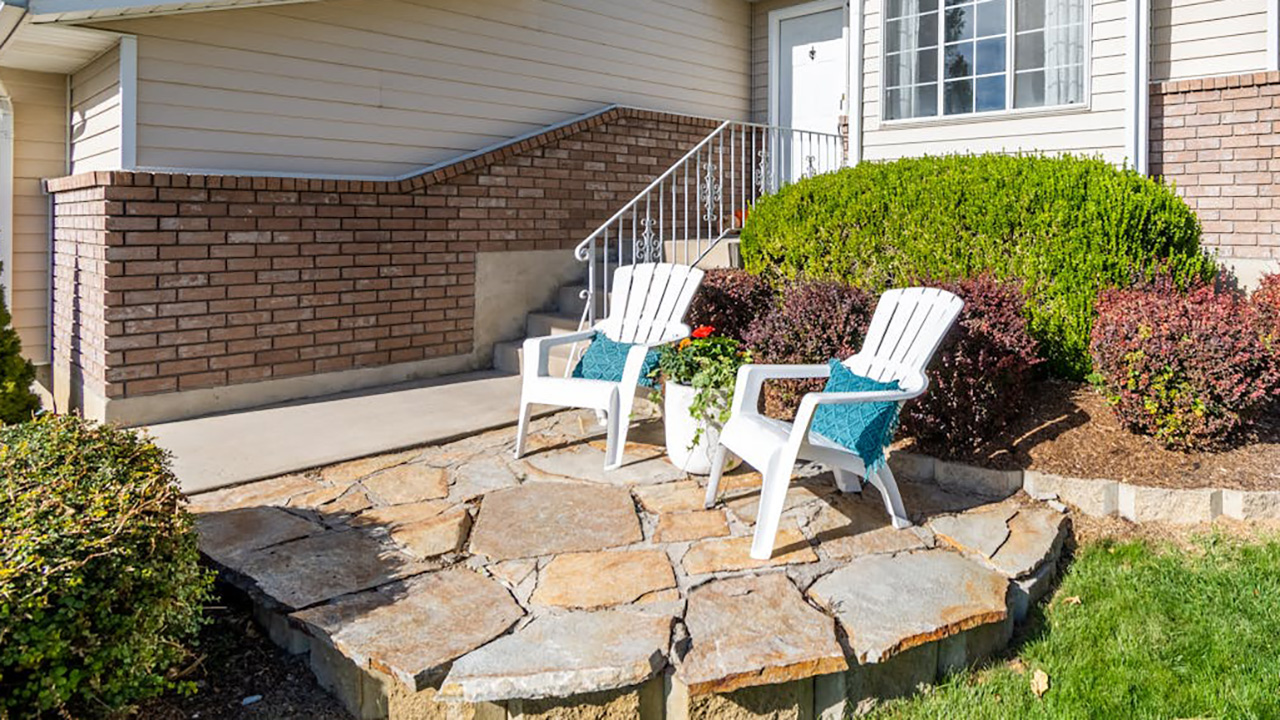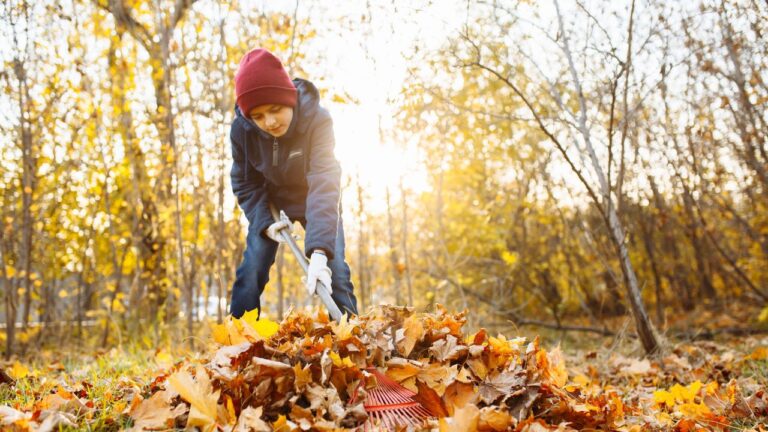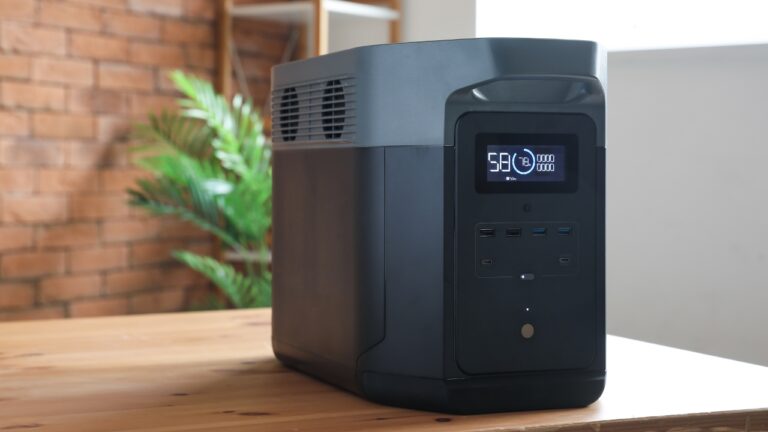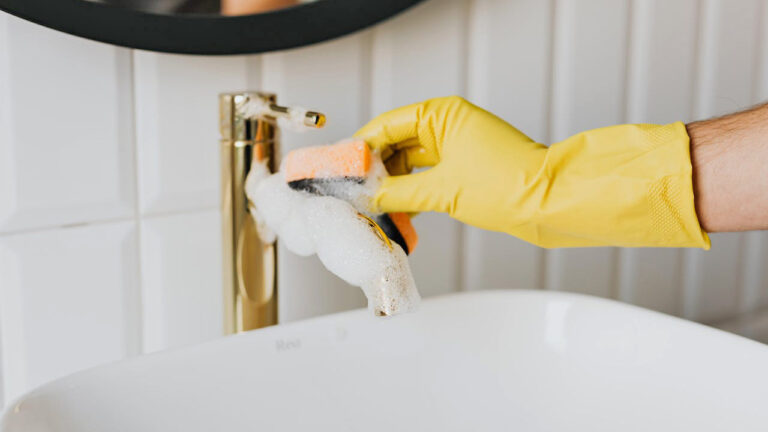What your backyard seating setup says about your space
The way you arrange seating outside tells guests everything about how to use your yard. Tight clusters say “conversation.” A long table says “meals.” A pair of chairs facing a view says “sit and breathe.” If your yard feels underused, the furniture might be sending mixed signals.
Set zones the way you set rooms, and the space starts working.
Face people, not the fence
Most patios push furniture to the edges, everything staring at the yard’s perimeter. Pull chairs into a loose square or circle and add a side table for each pair. People talk more when they can see each other without leaning. A simple outdoor rug anchors the group so it doesn’t feel like a waiting room.
If your set is a sectional, add one chair across from the open side to close the loop.
Create a clear eating lane
Put the table near the kitchen door if you can. The fewer steps with plates, the more meals happen outside. Add one bench on the wall side and chairs on the open side so people can slide in and out easily. A low planter or string lights overhead tells everyone, “This is where dinner lives.”
Keep condiments in a caddy so you’re not making six trips.
Give the grill a real station

A tiny table next to the grill for trays, a hook for tools, and a lidded trash can make one person the hero instead of the runner. If the grill floats in the middle, tuck it at the edge so smoke doesn’t cut through seats. A cook who isn’t stuck can talk and still watch the food.
Add a stool nearby for the off-duty grill watcher with a drink.
Offer two quiet seats away from the crowd
Two chairs facing a view—garden, field, kids’ play—become the default “morning coffee” zone. Put them slightly away from the main cluster so they feel like a break, not an exile. If you don’t have a view, aim them toward a planter or the best-looking corner.
A small table between them earns more use than you think.
Use lighting to connect spaces
Solar path lights, a string of lights over seating, and a motion light near the door make the yard usable after sunset. Lighting shows people where to go and makes even basic furniture feel inviting. Keep bulbs warm, not blue, and put them on timers so you’re not flipping switches all night.
Lanterns on tables finish the job and make the edges feel safe.
Keep cushions practical

If cushions live inside and never make it to the chairs, you’ll stop using the set. Either buy weather-tough covers that can stay out or commit to a storage bench right next to the zone so grabbing them isn’t a chore. A dry seat is the difference between “let’s sit” and “maybe later.”
Wash or hose covers at the start of the season. Clean fabric looks higher quality.
Stage a kid zone that respects adult space
Give kids a container for outdoor toys and a small table they can claim. Place it near, but not in, the adult circle. You’ll keep pathways clear and still be able to talk while they play. If balls roll through the main zone, define a “no-fly” line with pavers.
Teach the reset: five minutes before coming in, everything back in the bin.
Your yard talks before you do. Face seats, anchor the eating lane, give the grill a station, carve out two quiet chairs, and light the path. You’ll use the space more because it finally tells you how.
Like Fix It Homestead’s content? Be sure to follow us.
Here’s more from us:
8 upgrades that look like you spent thousands (but didn’t)
9 small changes that instantly make a house feel high-end
*This article was developed with AI-powered tools and has been carefully reviewed by our editors.







